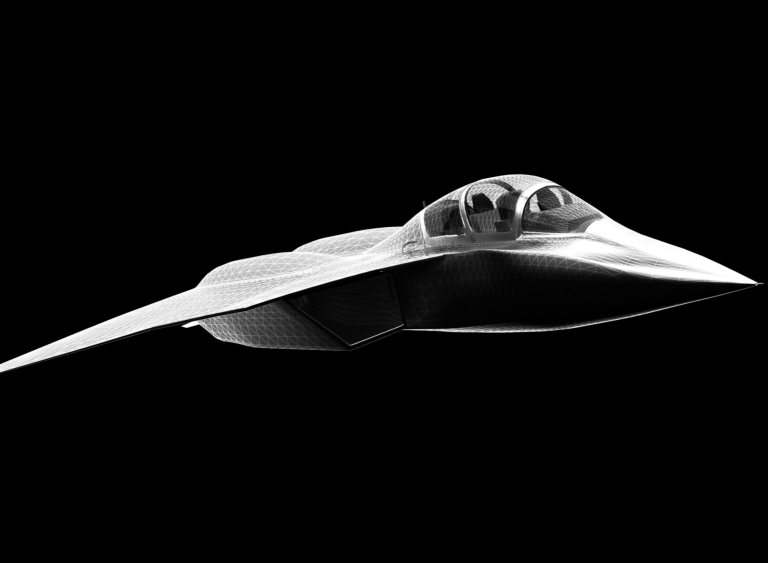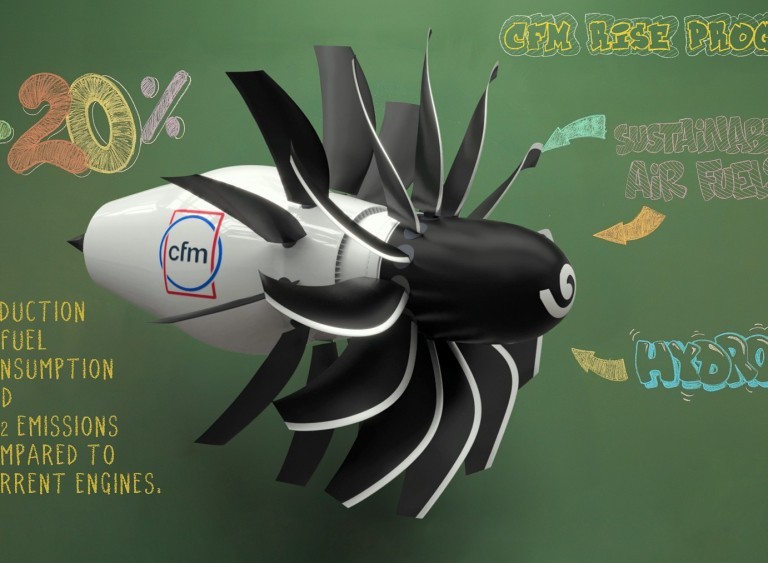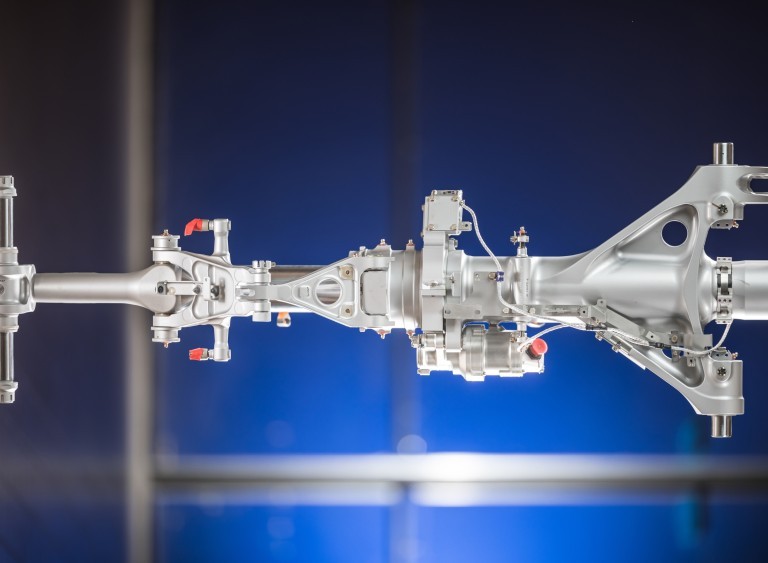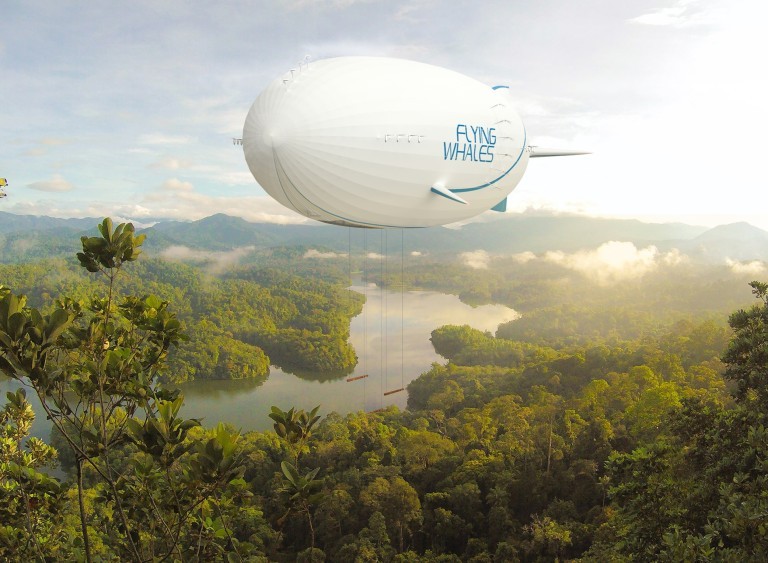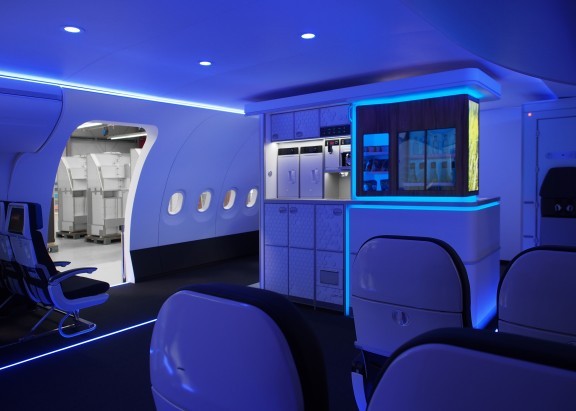
Iris²: the future in orbit
IRIS² is a constellation of satellites being built in the European Union to support member states’ secure communications. We turn the spotlight on a project that’s a strategic opportunity for Safran’s space business.
- ELECTRIFICATION
- E-TAXIING
- INTERIORS
- At a glance
- Zoom
A new member is about to join the European family of key sovereign space assets. With its first services slated to come on stream at the end of next year, IRIS² (Infrastructure for Resilience, Interconnection & Security by Satellite) will support sensitive sovereign communications starting in 2027 via an independent constellation of satellites in low Earth orbit. This third constellation will join Europe’s Copernicus (Earth observation) and Galileo (positioning and navigation) programs.
In today’s shifting geopolitical landscape, security and defense communication needs are on the rise and crucial to the European Union’s independence. IRIS² is designed to meet this challenge.

An opportunity to demonstrate our space manufacturing credentials
The project is of prime importance for Safran. As a European OEM with cutting-edge space technologies, we’re naturally in a strong position to serve this market. Safran Electronics & Defense’s space portfolio — spanning ground antennas, modems, plasma thrusters, position, navigation and timing (PNT), and critical communications payloads — is a good fit for IRIS², offering great partnership opportunities Safran.
“We had to be proactive with European institutions to get OEMs’ messages across and underline the utility of our products and services,” explains Brice Lançon, Safran Head of Space and Defense, and Director of European Affairs. “It’s also the first EU program to factor in military requirements from the outset. With the European Commission now publishing its Space Strategy for Security and Defense, Safran stands out as a key player supporting Europe’s space sovereignty.” The exact outlines of the project are still under discussion, but the infrastructure could consist of 200 to 300 satellites in low Earth orbit. The usual EU geographic return rules do not apply in this case. Bids will be solicited from across the European space industry, so as an OEM Safran is looking to forge strong partnerships and position its products with systems integrators and operators.
Since mid-2021, our Space department is in talks with key European stakeholders to promote our portfolio for satellite constellations. “As an OEM, we’re indirectly involved in consultations that the European Commission has been pursuing with industry primes for nearly two years now. It’s vital that we position ourselves now with those who’ll be supplying the satellites and final systems,” explains Damien Murat, in charge of the Space department’s Connectivity market segment. “But for this type of contract, having the best technology and product is no guarantee,” he adds. “We also have to be competitive and ready to scale up production, challenging our costs, optimizing our manufacturing processes, and maybe redesigning a product to cost rather than adapting an existing one. That’s what Syrlinks — acquired at the end of 2022 — did to supply 1,300 modems for the OneWeb constellation in 24 months. With our PPS®X00 plasma thrusters, and our Legion 400 antennas for anchor stations, our teams are ready to rise to the challenge.”
Winning this constellation contract would boost Safran’s competitiveness and help us gain traction with the space community, opening up new business opportunities.
The race is on!
€6bn
Cost of this communications program funded by the European Commission, member states and industry.


